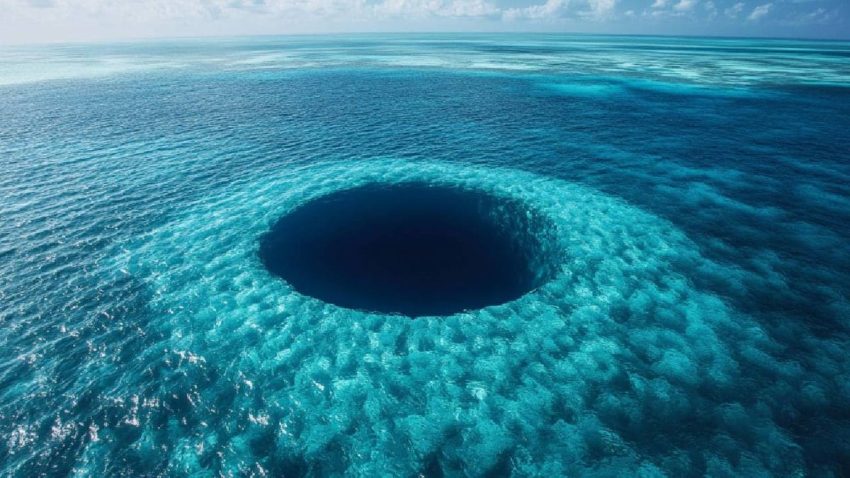Understanding the Earth’s Hidden Dynamics
The ground beneath our feet may feel solid and unchanging, but the planet is in constant motion. While modern technology has allowed us to map the surface of the Earth with remarkable precision, the mysteries of what lies deep below remain largely hidden. The Earth’s crust, a thin shell only about 35 kilometers thick, is the outermost layer that human probes have reached. To explore the deeper layers—such as the mantle and core—scientists rely on indirect methods and advanced modeling.
From space, Earth appears smooth and round, but this view conceals a more complex reality. The distribution of mass within the planet is not uniform, which leads to variations in gravity across different regions. These gravitational anomalies shape the Earth’s form in subtle ways, influencing everything from tectonic activity to oceanic patterns.
Tectonic Activity and Gravitational Anomalies
Tectonic plates play a crucial role in shaping the Earth’s surface. As they move and interact, they push mountains upward, create deep valleys, and alter the landscape over time. These movements contribute to the dynamic nature of the planet and are responsible for many of the geological features we see today.
Even the oceans reflect these hidden forces. Covering more than 70% of the Earth’s surface, the seas might seem flat, but they are actually shaped by gravitational variations. If all tides and currents were removed, the water would settle into an undulating surface known as the geoid. This invisible contour reflects the uneven distribution of mass within the Earth, creating dips and bulges that scientists refer to as geoid anomalies.
One of the most striking examples of such an anomaly is the Indian Ocean Geoid Low (IOGL). Discovered in 1948 by Dutch geophysicist Felix Andries Vening Meinesz, this region stretches over 1.2 million square miles and features a depression of about 106 meters compared to surrounding areas. For decades, the cause of this anomaly remained a mystery, making it one of the most intriguing puzzles in Earth Sciences.
Unraveling the Mystery of the IOGL
To investigate the origin of the IOGL, researchers led by Prof. Attreyee Ghosh from the Centre for Earth Sciences at the Indian Institute of Science collaborated with scientists at the GFZ German Research Centre for Geosciences. Their study, published in Geophysical Research Letters, offers a new explanation rooted in the dynamics of the Earth’s mantle.
Previous theories suggested that the anomaly could be linked to an ancient tectonic plate that had sunk into the mantle millions of years ago. However, these ideas failed to fully account for the size and depth of the anomaly. The research team used numerical models based on seismic tomography data to explore alternative explanations.
Their findings point to mantle convection as the primary driver of the IOGL. This slow, swirling movement within the Earth redistributes heat and mass, affecting the planet’s gravitational field. By simulating the behavior of the mantle over the past 140 million years, the team discovered that low-density anomalies—regions with lighter materials in the upper to mid-mantle—were responsible for the gravitational dip.
Mantle Plumes and Plate Movements
The study also identified the role of mantle plumes, which are columns of hot material rising from deep within the Earth. These plumes can lead to the formation of low-density anomalies, contributing to geoid lows. However, no known mantle plume exists directly beneath the IOGL. Instead, the research suggests that hot material from the African large low-shear-velocity province (LLSVP) or the African superplume is deflected eastward and accumulates beneath the IOGL.
This deflection is likely influenced by the fast movement of the Indian plate. The simulations also revealed that the formation of the IOGL is tied to the disappearance of an ancient ocean as India drifted northward and collided with Asia. This process may have triggered the formation of mantle plumes, bringing low-density material closer to the surface.
Challenges and Future Directions
While the study provides a compelling explanation for the IOGL, some experts have raised concerns about the accuracy of the computer models. Dr. Alessandro Forte from the University of Florida pointed out that the simulations did not account for a powerful mantle plume that erupted under Réunion Island 65 million years ago, which is believed to have contributed to the Deccan Traps. He also noted discrepancies between the predicted and observed geoids, suggesting potential limitations in the model.
Despite these challenges, Prof. Ghosh emphasized that the overall explanation for the IOGL is robust. She acknowledged that the models cannot account for every possible factor due to uncertainties in reconstructing the Earth’s past. However, she believes the study represents a significant step forward in understanding the complex dynamics of the Earth’s interior.
Future research will continue to refine these models, shedding light on the intricate processes that shape our planet. As scientists delve deeper into the mysteries of the Earth, they bring us closer to unraveling the secrets of our dynamic and ever-changing world.
